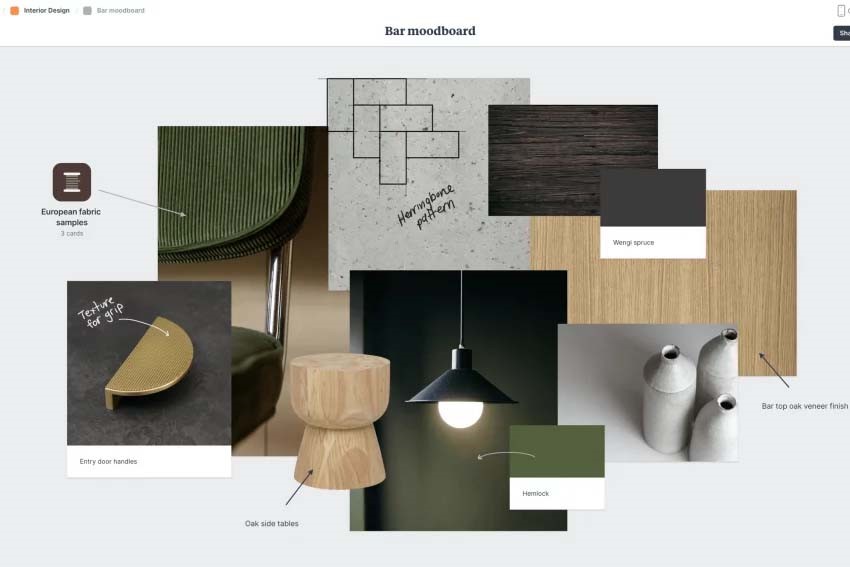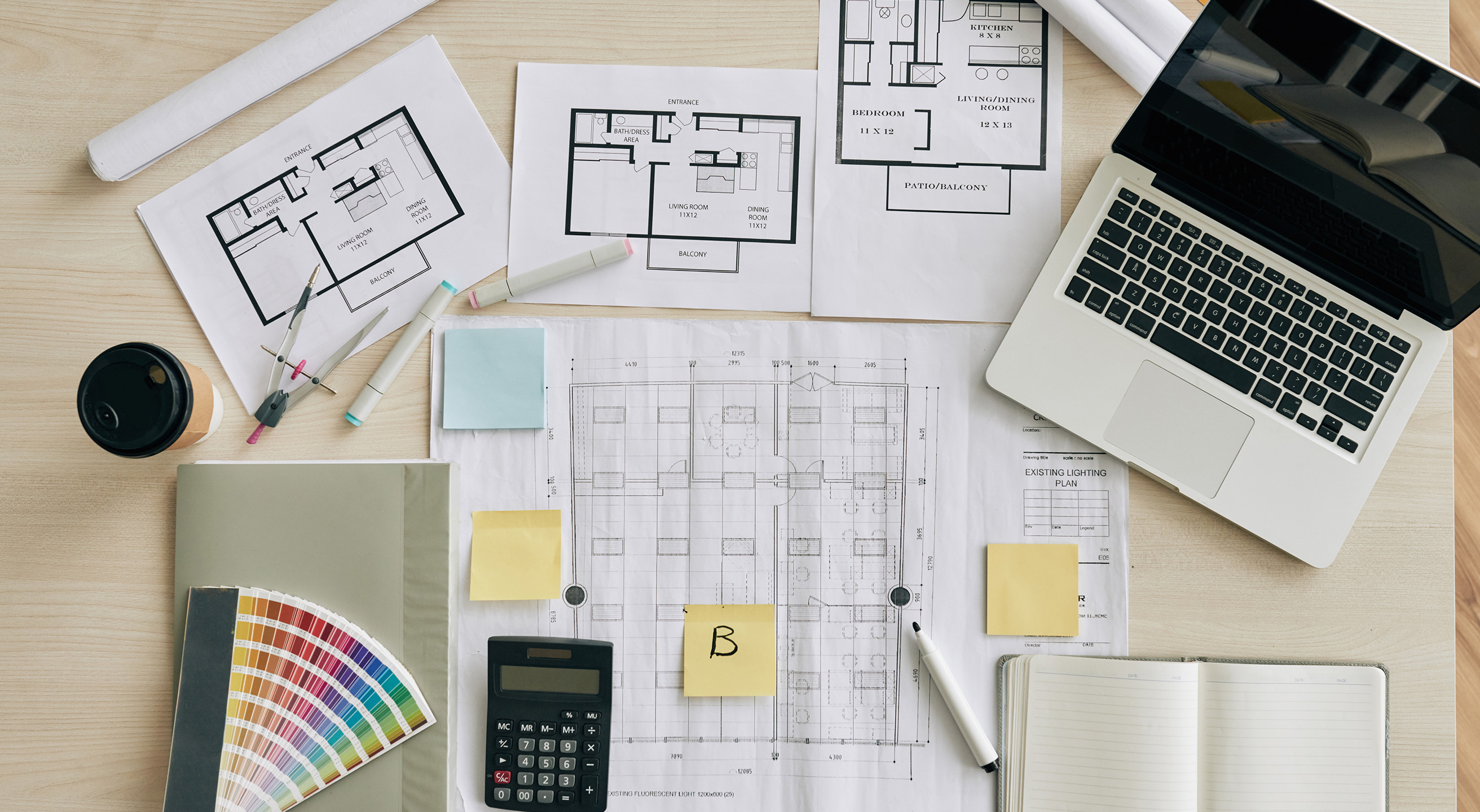Introduction
Interior design projects, whether residential, commercial, or institutional, combine aesthetics with functionality—but at a cost. Managing this cost effectively is not just a matter of keeping expenses low; it’s about ensuring every rupee or dollar is spent strategically to achieve design goals, maximize value, and meet client expectations. Given the increasing complexity of client demands, the growing availability of luxury and tech-integrated materials, and the pressure on timelines, budgeting for interior design has evolved into a highly specialized discipline. This article explores effective strategies for budgeting interior design projects, from the early conceptual stage to post-completion audits, ensuring that project teams maintain creative integrity without financial compromise.
The Budgeting Landscape in Interior Design
Unlike civil construction, where the cost elements are more predictable (materials, labor, overheads), interior design projects are prone to fluctuation due to customizations, imported items, and evolving client preferences.

Common cost categories in interior projects include:
- Design and project management fees
- Material and fixture procurement
- On-site execution labor
- Custom furniture and joinery
- Soft furnishings and décor
- Technology (e.g., home automation, lighting systems)
- Transportation, storage, and handling
- Taxes, permits, and overheads
- Contingencies (typically 10–15%)
A successful budget balances these components while allowing room for design evolution and external market conditions.
Defining Scope and Setting Expectations
The foundation of good budgeting is an accurate and well-defined scope of work. This requires collaborative effort between the client, designer, project manager, and cost consultant.
Key steps include:
- Client Discovery: Understanding lifestyle needs, aesthetic preferences, functional priorities, and budget comfort.
- Design Program Development: Breaking down requirements by function (e.g., kitchen, bedroom, office area).
- Quality Benchmarking: Aligning budget with target quality—whether economy, mid-range, or luxury.
Delivering a clear scope early enables the preparation of a tiered cost plan with flexible upgrade/downgrade paths, ensuring the budget is adaptable, not rigid.
Preparing the Initial Cost Plan and BOQ
Once the scope is defined, the next step is to translate design intent into a cost structure through a Bill of Quantities (BOQ) and preliminary cost plan.
Core elements of the BOQ:
- Measurable quantities (SFT, RFT, NOS)
- Unit rates (sourced from vendor quotes or market rates)
- Lump-sum allowances for unmeasured components
Cost plans should be zone-based (living room, kitchen, etc.) and category-based (flooring, lighting, joinery, etc.), which allows for better control and targeted adjustments during execution.
Establishing a Contingency Buffer
No matter how detailed the budget,real-world execution often brings surprises. Budgeting must include a contingency buffer—typically 10–15%—to cover:
- Late-stage design changes
- Site condition discrepancies
- Supply chain delays or inflation
- Rework due to coordination errors
This buffer should be pre-approved with the client and used only under documented change protocols to avoid ambiguity.
Value Engineering: Optimizing Without Compromising
Value engineering is not about“ cutting corners”—it’s about achieving the same function or visual appeal at amore favorable cost.
Examples of smart value engineering include:
- Replacing imported marble with high-quality engineered stone
- Using modular furniture instead of custom joinery
- Selecting veneered finishes over solid hardwood
Early identification of design elements that can be “value-engineered” helps in maintaining budget discipline without diluting the concept
Engaging Vendors and Managing Procurement
Vendor relationships are central to budgeting. Timely procurement and accurate pricing rely on early engagement, clear specification, and smart negotiation.
Best practices:
- Rate Locking: Secure quotes early and fix rates for bulk orders.
- Volume Discounts: Consolidate procurement across projects for economies of scale
- Mock-ups and Samples: Ensure quality before bulk purchase to avoid costly rejections.
- Alternate Sourcing: Identify local substitutes for high-cost imported items.
Cost Monitoring During Execution
Real-time cost tracking is crucial once the project transitions to site execution.
Cost monitoring mechanisms include
- Material Logs: Daily tracking of received and used items.
- Work Progress Reports: Link milestones to corresponding budget allocations.
- Change Management Logs: Any deviations from original scope or design must be approved, costed, and tracked.
- Variance Analysis: Compare actual expenses with the BOQ and cost plan at each milestone.
Digital platforms such as Builder trend, Houzz Pro, or Monday.com can automate many of these workflows.

Managing Cash Flow and Payment Schedules
Effective budgeting is as much about timing as it is about value. Aligning payment schedules with cash flows ensures liquidity and avoids project stalls.
Cash flow planning strategies
- Progressive Payment Structure: Tie vendor and contractor payments to measurable milestones.
- Advance vs. Retention Balancing: Negotiate favorable terms to manage upfront costs while safeguarding quality.
- Client Payment Phases: Spread client payments to match project expenditure peaks—especially around procurement-heavy phases
Budget visibility at every stage gives both the client and the project team financial confidence.
Budgeting for Sustainability and Smart Technology
Modern interiors often include sustainable features and smart automation, which may carry higher upfront costs but offer long-term returns.
Examples of strategic budgeting:
- Energy-efficient lighting and HVAC system
- Low-VOC paints and FSC-certified wood
- Home automation (smart lights, sensors, thermostat
Designers must educate clients about life-cycle cost benefits of such investments and possibly factor in government rebates or tax credits, where available.
Transparency and Client Communication
Client trust hinges on financial transparency. Complex spreadsheets and technical jargon can alienate stakeholders. Instead, designers should provide clear, visual, and regular budget updates.
Communication tools include
- Budget Dashboards: Use graphs to show progress against budget.
- Change Logs: Maintain a signed register of client-approved changes.
- Forecast Reports: Highlight remaining costs and contingencies at each stage.
Clients who are kept in the loop are less likely to object to unavoidable overruns or approved variations.
Post-Completion Cost Reconciliation
After project handover, conduct a full cost audit to compare estimated vs. actual expenses.
Benefits of post-project cost analysis:
- Identify causes of cost overruns
- Capture learnings for future projects
- Update standard BOQ templates with real market data
- Archive vendor performance records for procurement decisions
Cost reconciliation ensures closure, not just financially but also procedurally, forming the basis of better budgeting practices in future assignments.

Conclusion
Budgeting for interior design projects is a strategic endeavor that blends technical expertise, design intuition, and client collaboration. With increasing design complexity, material variability, and market volatility, relying solely on estimations or spreadsheets is no longer sufficient. When done right, budgeting becomes a powerful enabler—ensuring that the project is delivered on time, within cost, and true to the design vision. In the highly competitive world of interior design, budget efficiency can be the difference between profitability and failure, or between a one-time client and a lifelong patron.

